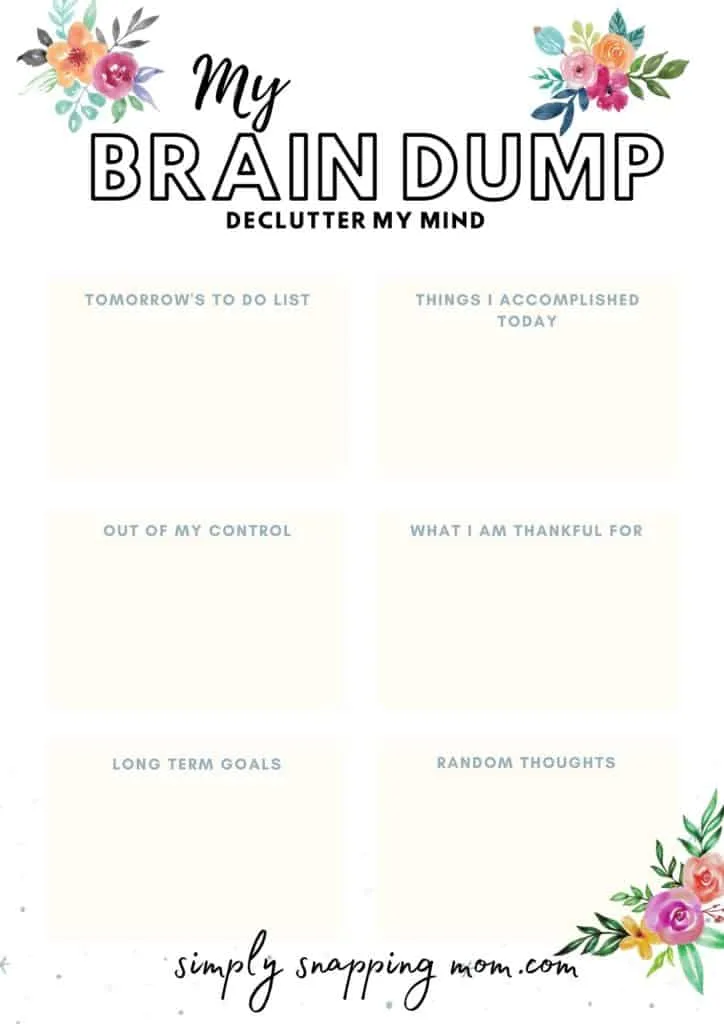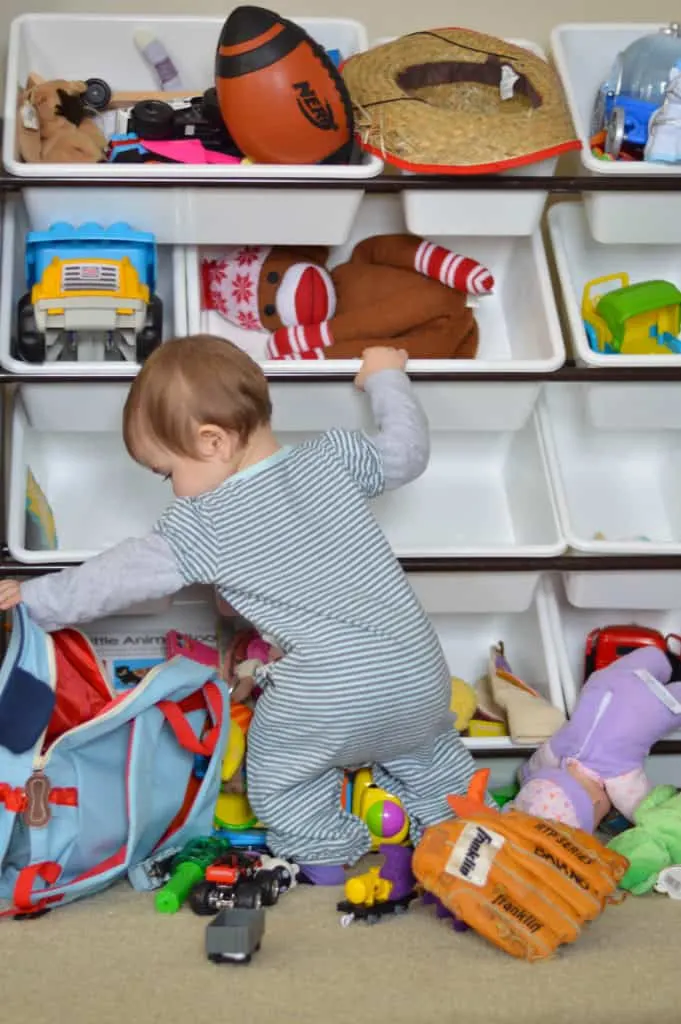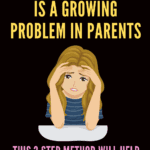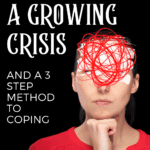The stress you may be experiencing may actually be sensory processing disorder. Learn all about sensory issues and the impact they have on parents here.
You are sitting cross-legged on the couch. Hair in a sloppy bun, or matted down from a restless night’s sleep.
Your outfit has slowly moved from jeans and a nice top, to cute athletic-wear, to it’s final stop – a dirty t-shirt that you’ve had since high school and some unattractive sweatpants.
You have become the poster child for crisis-induced, autopilot parents everywhere.
You can see that your kid’s mouths are moving as they shout at you for another waffle, spill milk, and throw a football at you; yet, you can’t hear them.
Just when you think you are numb to the chaos, the sharp sound of the doorbell jars you into action. Was the doorbell always that loud?
Those daily activities you need to do and schedules you need to remember that usually run laps inside your head have suddenly gone silent, too.
You, my friend, may be experiencing something called sensory overload.
It’s real. It’s common. And this vicious cycle is a classless, vulgar jerk.
You may also like: How to Deal With Intrusive Thoughts as a Mom

What are Sensory Processing Issues?
Sensory overload happens when you’re getting more sensory input from your five senses than your brain can manage and process. For some people, this feels like your brain is “stuck”, and you can’t focus or prioritize things.
When we hear about sensory overload, we often think of young children being impacted. In reality, many adults are sensitive to overstimlation, too.
According to research done by social psycologist Elaine Aaron, 15-20% of people are “highly sensitive” to overstimulation from their environment.
She explains in her article, “Highly Sensitive People and Depression,” that chronic environmental experiences and internal overstimulation cause higher levels of depression and anxiety disorders.
Basically, if those loud noises and bright lights seem to intensely alter your mood, you are not alone.
Learn more about sensory information and sensory processing difficulties from an amazing occupational therapist, Alisha, at Your Kid’s Table. She offers sensory diet advice, so much information on autism spectrum disorders, and more for parents of children who may be struggling.
5 Sensory Experiences
There are five different types of overstimulation that can negatively impact mental health.
It is obvious to me that most parents are experiencing some, if not all 5, of these on a daily basis:
- Stimulation that is chronic- Who doesn’t feel like the stress or unpleasant circumstances are constant during this long pandemic?
- Body Stimulation– Are you feeling physically tired, hungry, or anxious for long periods at a time?
- Stimulation from inner thoughts– Do you constantly think about “what if’s” or the unknown future?
- Friend and family stimulation– Are you helping others, like your children or spouse, manage their own emotional stressors and conflicts?
- Chemically-related stimulation- The cashier at the liquor store knows me by name. Enough said.
When this sensory stimulation overloads our nervous system, we go into a constant state of fight or flight response mode. This can start to impact our brain function (that is that numbing background noise you may experience).
Related: How to Support a Child with Anxiety

Think you’re the only one?
It’s no surprise that I am not the only one who feels this way. According to a Gallup poll, even back in May 2020 almost a quarter of all adults polled agreed that they were experiencing harm to their emotional and mental wellness due to social distancing and closures. We can only estimate that number has risen further.
The recent state of our world is the perfect storm for sensory overload.
Even in normal circumstances, quarantine aside, it was no surprise we felt this way with our chaotic schedules and constant activities.

Related: The Quarantine Stole my Love for Motherhood. This is how I will get it back.
But, is There a Cure?
When left untreated, sensory overload can lead to anxiety and depression.
Luckily, this three-step method can help you learn to effectively manage the stimulation and control the sensory input.
You may also like: How to Wire Your Kid for Happiness
Step One: Learn Your Trigger Level
What are your biggest sensory sensitivities? Are there everyday situations that you dread? Is there a certain activity or certain time in the day when you can’t handle the stimulation?
For me, it is in the morning when I am trying to make breakfast, brush kid’s teeth, log onto my computer, and let the dogs out. When arms are flailing, kids are yelling, and I cannot even muster the mental energy to form a legit sentence.

If you aren’t sure what your sensory stimuli is, look for these signs of overstimulation:
- Experiencing “fight or flight” signs, such as heart racing, rapid breathing, or irritability
- Having difficulty making decisions or communicating effectively
- Feeling mentally exhausted after doing a certain task
Although you can’t always avoid these situations that lead you to tip over to that feeling of overload, you can work to settle the static in your mind in step two.
Step Two: Declutter Your Mind
There are simple ways to slow the sensory wave flooding your brain.
First, be aware of the signs that you are about to reach your sensory level. It is important to identify these feelings so that you can take a step back and settle the storm.
If you find yourself in one of these moments, don’t fight through it. Step out of the room, get to a quiet place, and take deep breaths.
Try one of these deep breathing exercises:
- Belly Breathing: Get comfortable. Place one hand on your chest and one hand on your belly, and breathe in deeply. As you breathe in, feel your belly rise. As you breathe out, feel your belly lower. The hand on your belly should move more than the one that’s on your chest.
- Focus Breathing: Close your eyes. Breathe in. As you do that, imagine that the air is filled with a sense of peace and calm. Try to feel it throughout your body. Breathe out. While you’re doing it, imagine that the air leaves with your stress and tension.
Another great way to declutter your brain is with a brain dump. A brain dump is essentially a method of writing down all of the unhelpful thoughts that race in your mind. The purpose is to organize your thoughts on paper.

There are different ways to prevent overstimulation.
- Meditate or do yoga once a day
- Reduce screen time, which is often just a distraction in life
- Unload your thoughts on paper. When you write out your lists and stressors, you can start to visualize solutions and stop your brain from running in circles.
Step Three: Declutter your environment
Studies have found a link between stress levels in women and a cluttered household.
When you remove clutter, you can improve the quality of life.
To declutter your home, tackle one room at a time.
Click here for your free printable cleaning checklists.
In that room, move every item to the center of the room. If it is not an item used regularly or one that hold value, throw it out.
Eliminating physical and material clutter in your surroundings is an important step in reducing negative stimulation.
Related: How I Eliminated Toy Clutter, and the Impact it had on my Kids

When to Seek Help
Are these feelings or sensory processing problems starting to impact your family life, force you to avoid social interactions, or effect your ability to make important decisions?
These symptoms could be the sign of a more serious medical condition, such as attention deficit hyperactivity disorder, post-traumatic stress disorder, or depression.
Do not hesitate to reach out to your medical provider for help if you feel something is not right.
Final Thoughts
That zombie-like state you slip into from time to time is fully normal, but you shouldn’t have to.
And that guilt-causing urge you feel to run out of the room, out the front door, and keep running – that is normal, too.
The challenges we face in everyday life can be overwhelming. Prioritize quiet time.
Let this simple three-step method be your life-vest as you are drowning in the flood of intense stimulation. You got this!
If you found this helpful, share it and follow us on Facebook for more honest parenting posts.
References
1) “Highly Sensitive People And Depression,” by Susan Meindl, www.highlysensitive.org, 2019
2) What is Sensory Overload? https://www.healthline.com/health/sensory-overload, Accessed 8-25-2020.



3 Uncomfortable [but Common] Thoughts All Moms Experience at Times - Simply Rooted Family
Thursday 17th of November 2022
[…] about Sensory Overload in Moms […]
You are Not an Angry Mom. You Just Need One of These 6 Things - Simply Rooted Family
Wednesday 6th of April 2022
[…] Related: Learn about Sensory Overload in Parents […]
Free Printable Cleaning Checklist for the Busy Mom Who Hates Cleaning - Simply Rooted Family
Wednesday 2nd of February 2022
[…] Related: Sensory Overload is a Growing Problem for Parents […]
Guide to Parenting and Gently Disciplining Your Highly Sensitive Child - Simply Rooted Family
Tuesday 16th of November 2021
[…] the outside world she is holding it together, but inside she is often battling sensory overload and strong […]
8 Lifesaving Sensory Gifts Designed For Sensitive Kids and Autism - Simply Rooted Family
Monday 15th of November 2021
[…] Sensory Overload in Parents: Common Sensory issues in adults and How to Manage it […]